
At the end of the day, most of us like to sit back and enjoy some movies, the news, or TV shows. However, it can be quite frustrating if you’re experiencing some issues – such as pixelation or the image constantly freezing – with your TV. And, if so, it’s highly possible that you’re receiving a weak signal from the broadcasting centers in your local area.
Before you get entirely annoyed and opt for replacing your TV antenna, you should first try to improve your signal strength. Luckily, we’ve created a 2023 guide that you could follow in order to do just that. Here is a list of things that you could try, all of which could help you improve your signal strength:
1. Firstly – Try Resetting The Tuner
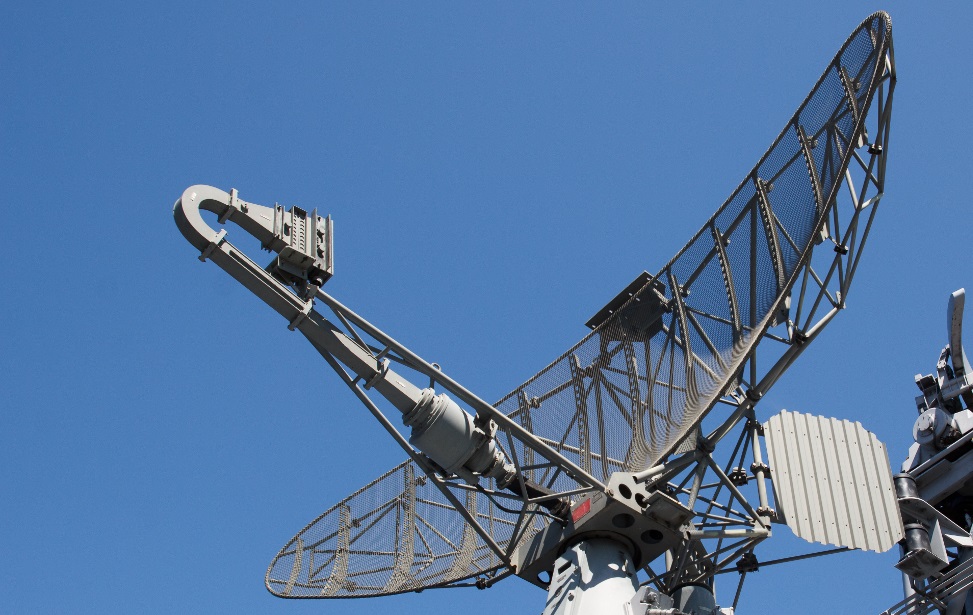
Before you try doing anything else from our list, the first thing that you should do is reset your digital tuner. This can take from five to ten minutes to complete and it can provide you with a better signal. The digital tuner you have will convert all the signals into digital ones that your television can recognize. However, from time to time, the metadata can interfere with the device’s ability to interpret the signal.
Additionally, the tuner might be full and using old data, hence, it won’t be able to get the correct information it needs to work. To reset it, you should disconnect your coaxial cable, perform a channel scan, turn off the television, reconnect all the cables, and lastly, you should do another channel scan. This could help you improve the reception you’re receiving and if this doesn’t work, you can try the rest of the things below.
2. Raising The Aerial Could Help
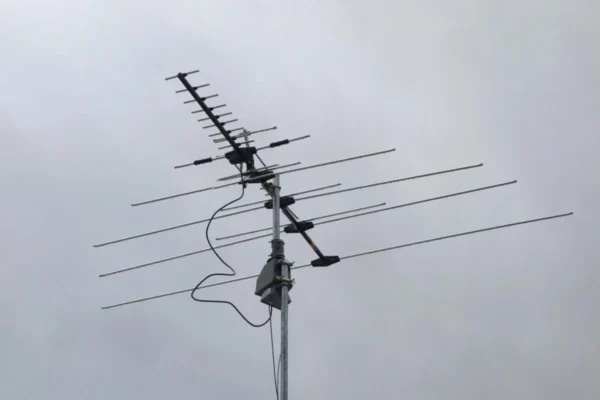
If you’ve tried resetting the tuner and it didn’t improve your signal, the next step you should take is raising the aerial that’s most likely located on your roof. In fact, one of the most common reasons why you might lose a signal is because the antenna isn’t installed at the right height. This means that the higher you choose to place it, the better signal you’ll receive. Hence, the antenna should be one of the highest points of your house.
By raising the antenna by yourself or by calling a professional that’ll do it instead of you, you’ll be able to make sure that the signals aren’t bouncing off some obstacles that can include things such as tall buildings, hills, mountains, trees, as well as other structures.
Such obstacles will hinder the strength of your signal, thus, getting them out of the way can help you with having better reception. The roof is, of course, the best position for an aerial and it needs to be placed at least 15 to 20 feet from the ground.
3. Repositioning it is Also an Option
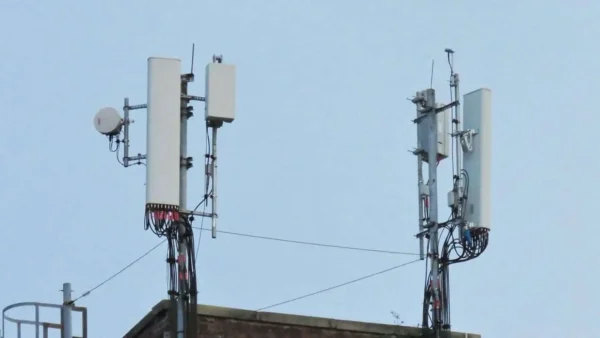
There are several types of aerials that you might have, including Omni- and uni-directional options. No matter which one you have, it won’t function properly if it isn’t pointed in the direction of the broadcasting centers in your local area. Hence, if you’re frequently experiencing poor reception or if the picture you receive is blurry and pixelated, you should try repositioning the aerial so that it’s pointing towards the towers.
Now, keep in mind, to learn in which direction you’ll have to point it in, you should do some digging online and find out where the towers are. Once you do, you should use a smartphone compass application that’ll point you in the right direction. You should know, you might have to try several different positions to find the best one, thus, before you give up on the idea of repositioning it, try out several different directions.
4. There Are Boosters That Can Help
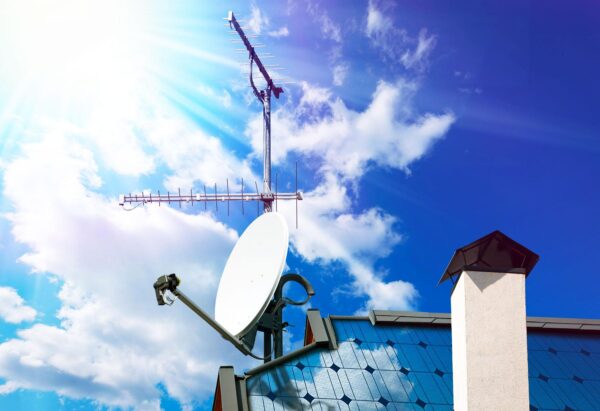
Even if you went through all the aforementioned steps, the signal you’re receiving might still be poor – which can be caused by a wide range of factors. For instance, the signal might be just too far away from your home for you to receive a clear and stable picture.
And, this is exactly where buying and using various boosters and amplifiers can help. Although most devices available on the market are easy to connect to the router, they’ll still require to be properly installed.
If you don’t ensure that it’s installed properly, you’ll most likely experience some issues with it, and it can even create additional problems such as interference, pixelation, distortion, and overload. This is why you should always hire the services of a professional installer, mostly because they’ll also be able to advise you on the booster you should receive. You can see here some of the booster options that you can choose to use.
5. Call a Professional if Nothing Works
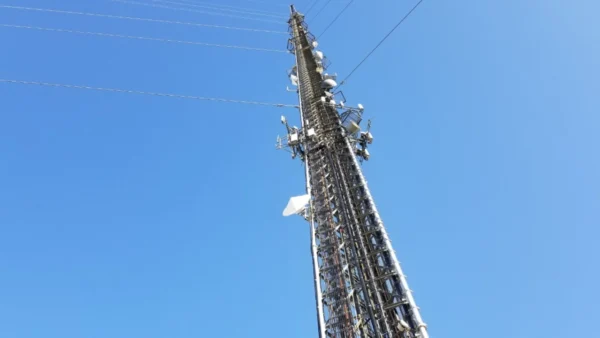
If you’ve tried every single tip we mentioned in our list, as well as some other things that you might have found online and nothing fixed the strength of the signal you’re receiving, it’s time to call a professional that’ll help you. After all, the aerial might be broken, some of the cables on the roof might be damaged by pests or the weather elements, and calling an expert will help you determine exactly what the problem is.
Additionally, a lot of homeowners don’t like climbing their roof to fix, reposition, or raise their antenna, hence, if this is something you don’t prefer, calling an expert will help. You should know, they might also give you some advice such as whether it’s time to purchase a new aerial, which means that you won’t have to lose time trying to fix a problem that cannot really be fixed – something that can save both time and money.
Conclusion
You would be surprised by the number of people that simply choose to purchase a new antenna as soon as their old ones start experiencing some issues. However, you don’t need to spend money on this, instead, you can opt for trying some methods we’ve mentioned above that can help you improve the strength of the signal you’re receiving.
Keep in mind, if you don’t like working at heights or if you simply want to ensure that you don’t make things worse, it’s always better to hire the services of a professional aerial installer that’ll know exactly what they have to do, but more importantly, that’ll help you get rid of the issues you’ve been experiencing for quite some time.